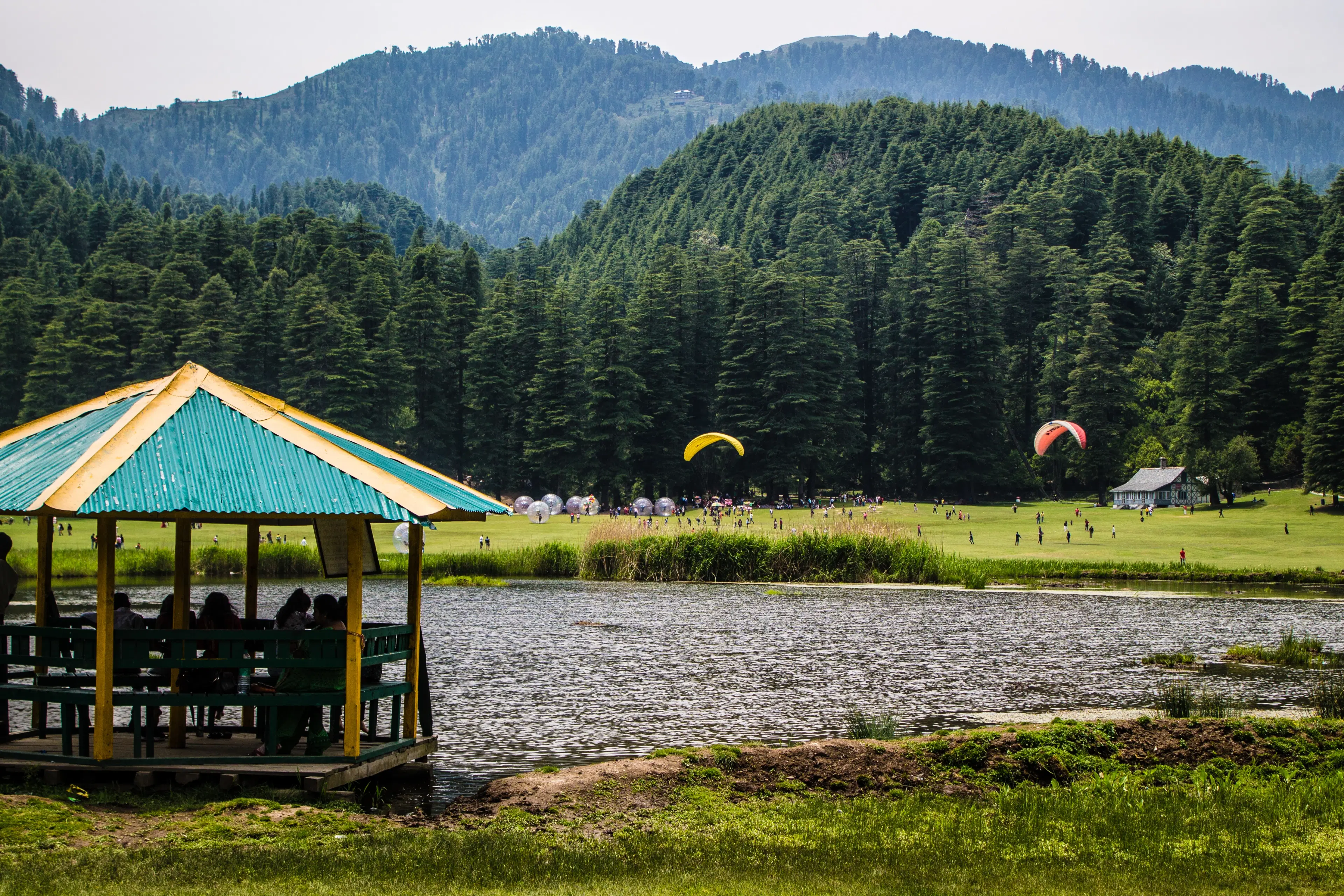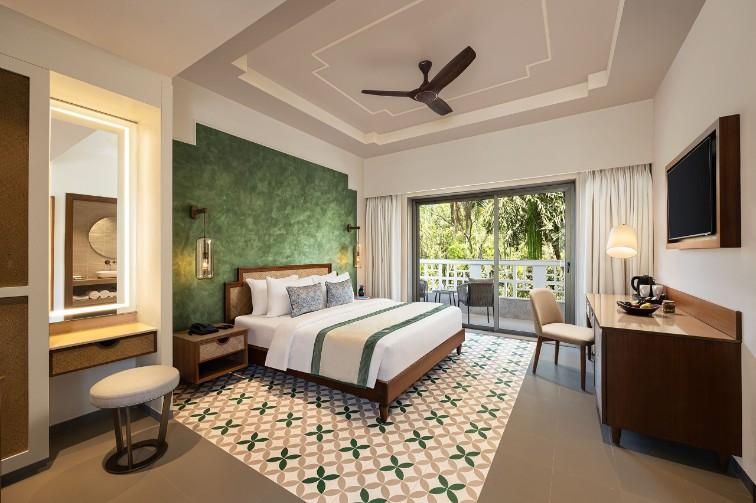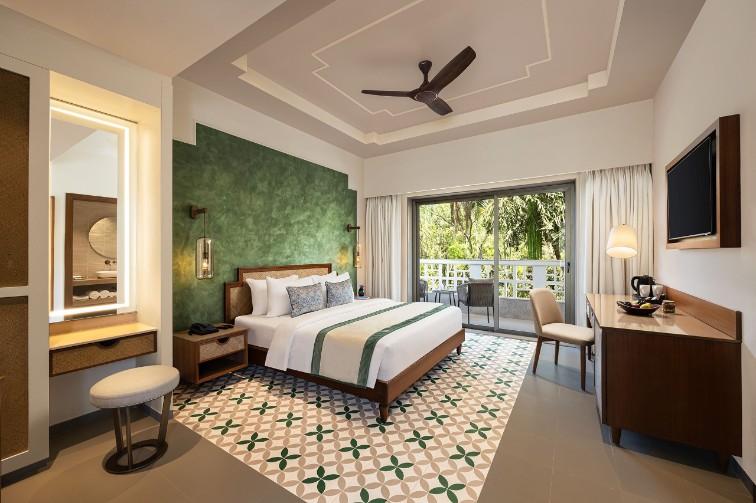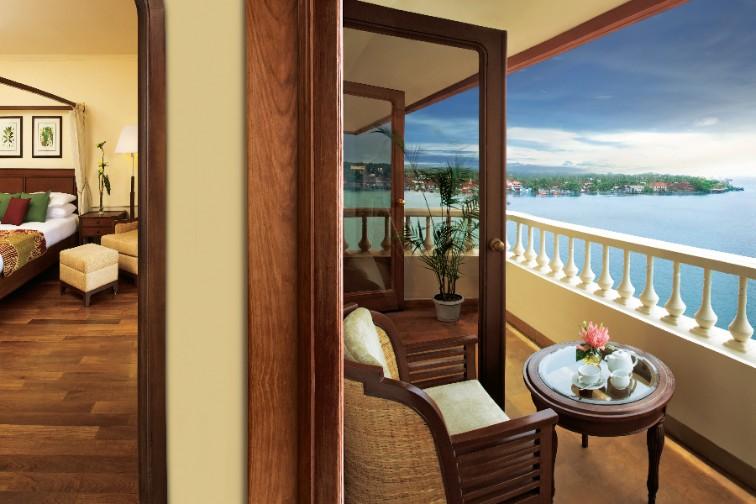
Hotels
•04 min read

Imagine trekking through breathtaking alpine lakes, lush meadows, and majestic mountain passes—welcome to the Great Lakes Trek adventure! This journey takes you into the heart of Kashmir. It is a unique blend of scenic mountain trails and challenging high altitude treks. In this blog, you will find a comprehensive checklist that covers everything you need to prepare. We share what gear to pack, how to get in shape for the trek, the permits you need, and tips to navigate the route. Enjoy exploring one of the best trekking trails in India and let nature inspire you.
The Great Lakes Trek is set in the awe-inspiring landscapes of Kashmir. This trek is known as one of the top Himalayan trekking adventures. It offers an up-close view of seven stunning alpine lakes. As you travel through rocky paths and high mountain passes, you are surrounded by nature at its purest. Trekkers come here to enjoy riveting lake trekking destinations and immerse themselves in a true adventure treks in India experience.
The trek usually lasts about 7 days and covers approximately 70-75 km. At its highest, the route reaches around 13,750 ft at the Gadsar Pass, which is often called the gateway to heaven. The best time to trek is between July and September, when the meadows burst with wildflowers and the skies are clear. The trail is well-suited for those with moderate fitness, including beginners who prepare well for high altitude treks.
Dressing appropriately is key. Pack layers so you can adjust to different weather conditions. Include Merino wool thermals and a warm fleece. A waterproof jacket will protect you during unexpected showers. Be sure to invest in high-quality, sturdy trekking shoes designed for rugged alpine conditions. A large backpack of at least 50L is recommended. Make sure it has a rain cover for extra protection. Other useful accessories include trekking poles, gloves, hats, and sunglasses to shield you from the high altitude sun.
Your comfort on the trek depends on what you carry. Use eco-friendly toiletries such as soap and toothpaste. Pack sunscreen with a high SPF to avoid sunburn. A small first-aid kit is essential. Include medications for altitude sickness, band-aids, and pain relievers. Carry a headlamp, power bank, and waterproof cases for your electronics. These gadgets ensure that you remain connected and safe while trekking in remote areas.
Before starting your journey, secure all necessary permits for trekking in Kashmir. Carry government-issued identification along with photocopies in case you are required to show them. This step will save you time and stress during your adventure.

Physical fitness is important, especially for high altitude treks. Engage in regular cardio exercises such as running, cycling, or swimming. These activities build the stamina you need for long days on the trail. Additionally, practice carrying a loaded backpack over hills. This trek-specific workout will prepare your body for the moderate challenges that await in high altitude treks.
Acclimatization is a vital part of preparing for the Great Lakes Trek. Spend time at intermediate campsites. This gradual gain in altitude helps your body adjust slowly. Staying hydrated is essential. Drinking plenty of water is one of the simplest ways to avoid altitude sickness. These tips will help you feel strong and ready for each step of your mountain adventure.
The route offers a mix of terrains, making each day a new experience. You may start at a basecamp near Shitkadi and pass through Nichinai Pass. Then, marvel at the beauty of Vishnusar Lake and push towards Gadsar Pass, the highest point. Continue trekking across Satsar Meadows and the Gangbal Twin Lakes. Along the way, expect both rocky paths and gentle forest trails. This varied terrain makes it one of the most popular lake trekking destinations and nature trekking experiences in the Himalayan region.
Most of the trek involves camping under the open sky, adding to the wilderness charm. Campsites are set up along popular landmarks, allowing you to rest and recharge. It is important to carry lightweight and durable camping gear. With a reliable tent and a sleeping bag that withstands lower temperatures, you ensure a comfortable sleep even in the open air.
Packing light is an art. For multi-day trekking routes, stick to essentials and choose lightweight gear. It is wise to pack items that serve multiple functions. This not only saves space but also reduces the overall burden. By packing smart, you can enjoy the trekking experience without feeling bogged down by unnecessary items.
Practice Leave No Trace principles. Always carry back your waste and give nature the respect it deserves. Sustainable trekking practices are also important. Use reusable water bottles and avoid single-use plastics. These careful steps ensure that future trekkers also enjoy the pristine beauty of the Great Lakes Trek and other scenic mountain trails.

Did You Know? The Gadsar Pass Is Often Called the Gateway to Heaven!
The Gadsar Pass, perched at 13,750 ft, offers sweeping views of snow-covered peaks and crystalline alpine lakes. It is a challenging yet immensely rewarding section of this Himalayan trekking route. This landmark makes the Great Lakes Trek a bucket-list destination among adventure enthusiasts.
The trek spans about 7 days and covers 70-75 km.
The lakes include Vishnusar, Krishansar, Gadsar, Satsar, Gangbal, Nundkol, and a glimpse of Dal Lake near Srinagar.
The best time is from July to September, when the weather is clear and meadows are in full bloom.
A moderate fitness level is needed. Trekkers should be ready to walk 8-10 km daily and carry a backpack over varied terrain.
Yes, permits are needed. They can be obtained from local authorities or trekking agencies prior to the journey.
The Great Lakes Trek is a once-in-a-lifetime adventure that combines the tranquility of alpine lake treks with the thrill of high altitude challenges. With proper planning and the right set of gear, you can embrace this ethereal Himalayan trekking experience. This checklist ensures that you are prepared for every step of your journey—from the initial climb to the moment you set up camp under a starry sky. The detailed advice on fitness, gear, and navigation will help you face the journey with confidence and leave you with unforgettable memories of one of the most beautiful nature trekking experiences on this planet.